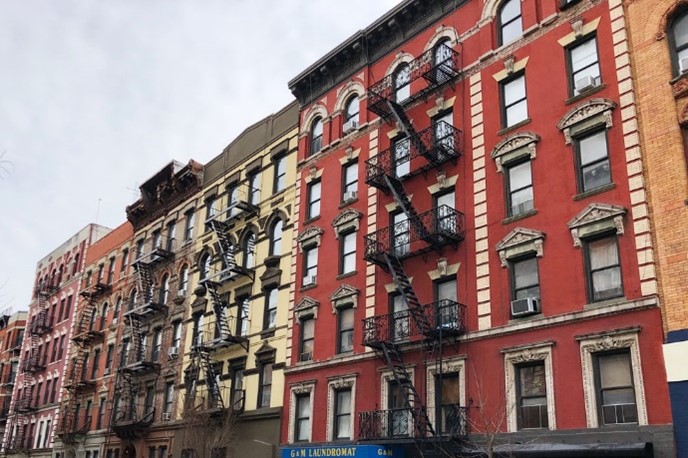In New York City real estate, it is well understood that every apartment can be judged by three key characteristics: proximity, quality, and price. It is also well understood that you will have to pick two. If you want that gorgeous, spacious two-bedroom, close to downtown, you can expect to pay out the nose. If you want something you can afford and don’t want to move to White Plains, you’ll have to learn to stir pasta while you shampoo. In short, NYC apartment hunting is a trial by fire to quickly figure out your true priorities.

MIT Supply Chain Management students face a similar crucible in choosing their Master’s capstone/thesis project. Though capstones are assigned via algorithm (it is MIT after all!) you will need to rank all the available projects during the bidding process. For that you must consider three key components: the topic, the advisor, and the data. And just like with NYC real estate, you have to decide what’s most important to you.
The Topic:
This is the most obvious feature: what is the project about? You might already know exactly what you want – or don’t want – to study based on past experience or future ambitions. Alternatively, you may be less decisive on topic and instead prioritize the project logistics to guide your decision. Just make sure you pick something you can get interested in, because you’ll be spending a LOT of time on it. (Though I can promise that there is no such thing as a boring capstone.)
The Advisor:

All the CTL research advisors are wonderful, and you are guaranteed to learn a lot and stretch yourself academically. But there are still ways to narrow down who will be the best fit for you. Different advisors have different approaches to managing students; one may give you full autonomy to take the project in any direction, while others may see it as a collaborative partnership. I recommend reaching out to alums or the advisors themselves if you want to learn more about their current research or project style. Of course, if there is already a specific researcher or lab that you are interested in, this is your chance to work with them!
The Data:
No matter your project or advisor, the availability of data is a KEY concern. If you pursue your own project (an option for students in the blended cohort) make sure that data will be available to you in a form that you can work with. For company sponsored projects this will be an important aspect of evaluating the project. Most research projects from CTL labs already have data available, or at least a firm plan on how to acquire it. No matter what, make sure you have data as early as possible – trust me, it will save you headaches later.
For me I didn’t have a particular research area that I definitely wanted to study. I was coming to MIT to hear different perspectives in an array of concentrations, so I was open to any project that sounded interesting. I also knew that no matter the project was, it would be important that I form good relationships with my partner and advisor. Finally, I knew that not having data would stress me out significantly. With so much going on I didn’t want to introduce more uncertainty, so I bid highly on the projects with solid data and from advisors I knew from the MITx MicroMasters Program in Supply Chain Management.
I ended up working with Dr. David Correll studying ways to improve the performance of American truck drivers. I was also partnered with someone I already knew from the MicroMasters! Even with the end of semester stress, I’m still thrilled with how this all turned out.

Obviously, the perfect NYC apartment does exist. It doesn’t come around very often, sometimes not for years, but every now and then your find a unicorn: conveniently located, beautifully built, and rent controlled. If you find one, make sure you do what you can to grab it. The same is true for project selection – happy hunting!


